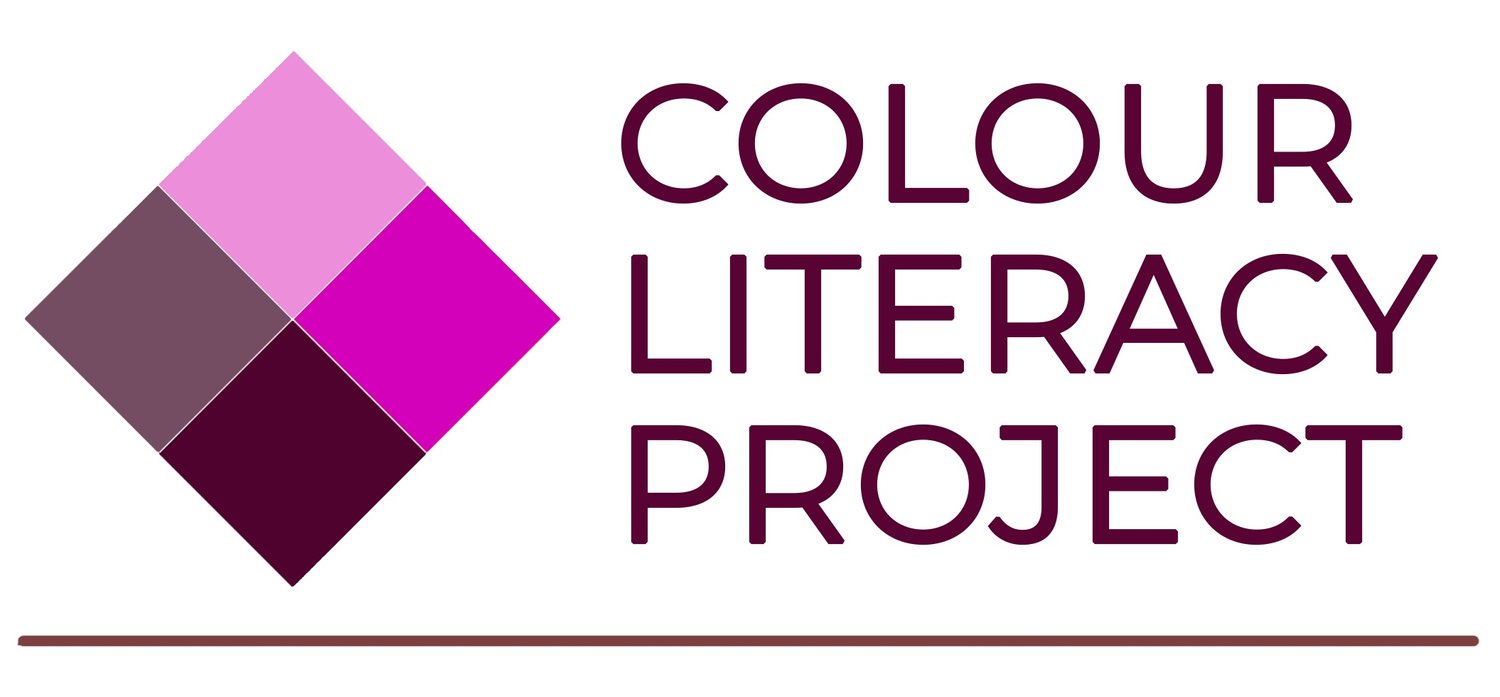Colour Literacy Exercise List
Beta-Testing 2025-2026
Portland Public Schools
Thank you for agreeing to help beta-test these exercises. Our goal is to gain insight and feedback related to the exercises’ effectiveness in expanding students' understanding of:
The fundamental role of colour in our lives.
The foundational core concepts across disciplines.
The results of the beta-testing will help us refine the curriculum based on experiential usage data. Once this beta-testing term concludes, the CLP will make the curriculum available as an open resource for educators around the world to freely use in their teaching and research.
Note: All the exercises can be modified to make them age appropriate for your students. We welcome your suggestions for variations of the exercises depending on age and abilities.
First and Second Quarters - All Ages
Experiencing Colours 1
Noticing the Colours Around Us
Core Concept: Colours Play Many Essential Roles in Our Lives
Perceiving Colours 1
Connecting Light and our Visual System
Core Concept: Colour is a Perceptual Experience.
How many colours are in the rainbow? If your response is ‘seven’ - take a closer look!
Create a spectrum, and see how many hues you can find!
Finding Magenta
Comparative mixing of Red and Blue with LEDs, Paints, Spinning
Playing with Polarization
Create colourful compositions with polarized light
Non-spectral colours & iridescence
Discover non-spectral colours when you experiment with iridescent materials.
Describing Colours 1
Hue Families and Character
Core Concept: Colours can be described by more than just hue.
Core Concept: Colours can be organized in 3D.
Naming colours in the sorting set
Identify and name the coloured tiles used in the CHROMO sorting set
Supplemental Exercises
Placeholder Naming Game
Working with Colours 1
Comparative Mixing
Core Concept: When we mix coloured media, the resulting mix depends on the process.
Explore the simple additive mixing process with coloured LED flashlights
Optical mixing using spinning disks
Create unexpected mixtures using spinning disks!
Did you know there is more than one way to define a set of complementary colours?
Subtractively mixing opaque media
Explore the subtractive mixing process using pastels and acrylic paints
Subtractively mixing transparent media
Explore the subtractive mixing process using filters and watercolour paints
Explore 3 types of colorant mixing, and see how they produce different results
Third and Fourth Quarters - Age Appropriate
Note: Continue Experiencing Colours Exercises
Perceiving Colours 2
Exploring Context
Core Concept: Many factors influence how we see colours.
Describing Colours 2
Lightness and Chroma
Core Concept: Colours can be described by more than just hue.
Core Concept: Colours can be organized in 3D.
3D Intermediate model - Placeholder
Perceiving Colours 3
STEAM Colour
Core Concept: Not everyone perceives colours the same way.
How does looking at the world through a coloured filter change our colour perceptions?
Notice how perceived colours change under filtered light sources
Notice how perceived colours change under coloured light sources
Supplemental Exercises
Test your understanding of coloured filters!
Create a visual demonstration for light’s wavelengths with a slinky!
Locate a part of your eye that does not detect light at all!
Working with Colours - Anytime
Exploring Colour Selections
Core Concept: We can use colours to help us communicate.
Choose a range of colours that you associate with specific moods or emotions
Nebula
Will your favorite colors ‘work’ in a simple design?
Choose a set of colours from an image and create an abstract visual equivalent













































